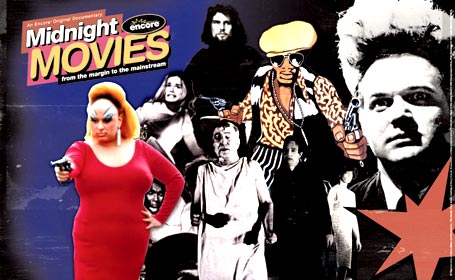
If you love cult movies, this documentary is for you. Midnight Movies: From the Margin to the Mainstream pays tribute to an era of moviegoing that was unlike anything before or since.
The 1970s is generally regarded as the decade of the independent filmmaker. The studio system was breaking down, and more and more idealistic film students were breaking into the mainstream with unusual low budget productions. The films themselves weren’t all that were changing, however. The seventies also brought about a new method of distribution for movies that would otherwise slip through the cracks. Midnight Movies covers this phenomenon by profiling six films that became cult hits during this time.
What do most of these films have in common? For the most part, they were made outside the system (with the exception of Rocky Horror). They also present subjects that were too off kilter to see during daylight hours, but with a strong sense of purpose. As filmmaker George Romero says in the movie, “That’s the secret to the success of some of these films. There’s a focus and an intention and it doesn’t lie to you.”
I pride myself on being a sort of “weird” movie expert, but I’m sorry to admit that I haven’t seen all the films profiled in Midnight Movies. On the other hand, I have read the biographies of John Waters and George Romero. Plus, I’ve attended a Rocky Horror convention, so that should give me some extra credit, right?
The documentary begins with a look at El Topo (1970), which challenges the viewer right off the bat. I’ve heard about the works of surrealist filmmaker Alexandro Jodorowsky, but I was still surprised by how disturbing the clips from El Topo were. The movie is strange, no doubt about it, looking like a cross between Freaks and The Wild Bunch. Jodorowsky himself recounts how difficult it was to find ANY kind of distribution for a Mexican art film/western.
Fortunately, Ben Barenholtz of the Elgin Theater in New York took a chance on it and many midnight movies to follow. Attending these late night screenings became a happening, and (not surprisingly) the atmosphere was very smoky. “Just inhale a few times and you’d be stoned,” says Barenholtz. From what I’ve seen of El Topo, I’m not surprised that its viewers were fans of the herb.
George Romero’s Night of the Living Dead (1968) was the next big film on the midnight circuit. Romero, as always, is a great interview subject. He tells how it took this unusual distribution method to make the movie a hit, as it had already come and gone as a drive-in feature. He attributes its success to his documentary style of shooting the zombie story. Night has a “reality” to it, like the news footage covering Vietnam and the civil rights movement.
Older films were resurrected for the midnight crowd, too. Movies like Freaks (1932) and originally anti-drug Reefer Madness (1936) were shown to new audiences. With the unlikely success of Reefer Madness, Larry Jackson of Boston’s Orson Welles Cinema explains how midnight screenings became “a party for ironic insomniacs.”
Pink Flamingos (1972), a movie I’ve always been afraid to see, was a huge hit that ran for ten years in some cities. Director John Waters and star Divine traveled the country roadshow style, presenting the film like a sideshow attraction to huge crowds. As one moviegoer exclaimed after one such screening, “I think John Waters has his finger on the pulse of America. I think he’s got his thumb… securely up America’s ass.” Waters recounts the making of the movie and its distribution, as well as his previous effort, Multiple Maniacs.
The Harder They Come (1972) was the next underground success. New World Pictures had already tried to market it as a Jamaican Superfly, which it wasn’t, and it flopped. But it became a sensation at midnight, mostly because of its incredible music by Jimmy Cliff. Before long, reggae was huge in the states, and screenings for The Harder They Come played a big part in that.
Even though I’m a fan of The Rocky Horror Picture Show (1975), I somehow didn’t really know the history of its production. Through interviews with Richard O’Brien and producer Lou Adler, we get details about the original stage shows in London, L.A. and eventually New York. When the play flopped in NYC and the movie tanked, O’Brien and company were resigned to the fact that Rocky had run its course. Little did they know that their film would become the heavyweight champion of midnight screenings.
The phenomenon was all based on audience support. As Adler says, “We all made what we thought was a mainstream movie. The audience made the midnight movie.” Critic Jonathan Rosenbaum really sums it up: “The film was not sufficiently theatrical, so the audience corrected that problem by bringing back theatricality that the film had somehow diminished.”
After the fun audience participation of Rocky Horror and Pink Flamingos, we change gears to Eraserhead (1977). Described as “a dream of dark and troubling things,” This movie couldn’t be more different in tone, but it somehow built up an audience through the same distribution approach. Director David Lynch makes for an interesting interview subject, primarily because he’s usually so tightlipped about the meaning behind his films. Here, he tells about the making of Eraserhead and its first festival screenings, while remaining enigmatic about the film’s plot.
It wasn’t an overnight success, however. Eraserhead played at the Elgin for a long time before it caught on, but owner Barenholtz had faith in it. This is inspiring, but a bit sad, because there is little chance for a film to find an audience like this today.
Midnight Movies concludes by touching briefly on the changes that brought on the end of the midnight distribution model. The mainstreaming of exploitation subjects (as in Jaws or similar blockbusters) and the advent of home video made midnight screenings unpopular and unnecessary. Audiences weren’t supporting weird cinema anymore because they could get the same material in big budget movies or in the comfort of their own home.
This documentary is a great ride, giving the viewer an in-depth slice of American film history. The producers managed to interview the directors of each of the six main films. Some of my favorite moments were when subjects like Waters and O’Brien talked about the other films, giving praise to their fellow directors like real fans would. I should also mention the terrific graphics, in which the 2D movie posters come to three-dimensional life — very appealing. Midnight Movies was directed by Stuart Samuels, who has a long history of quality projects, my favorite being Visions of Light. If you haven’t seen this incredible documentary about cinematography, you need to seek it out.
Look for Midnight Movies to premiere Friday night at midnight (technically August 6th) on the Encore cable network.

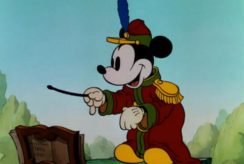
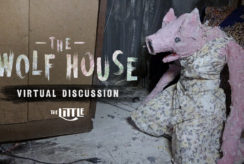
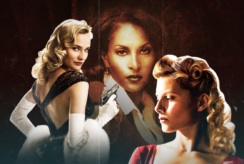

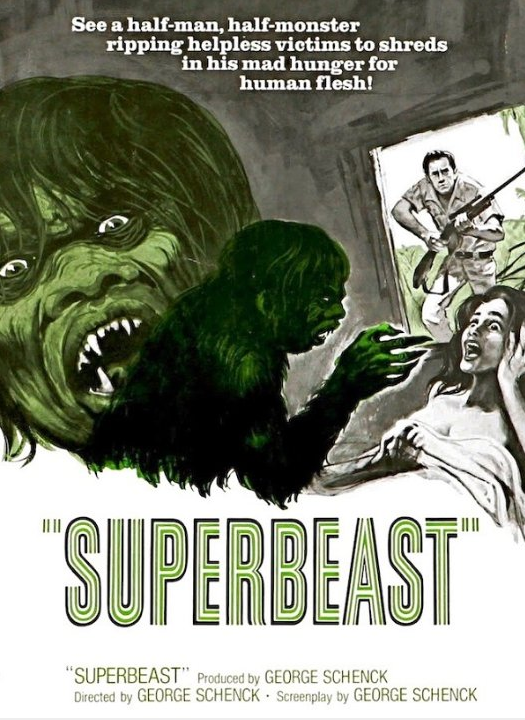
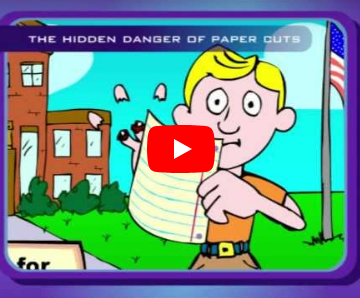
Darlin’ do not be afraid to see Pink Flamingos (if you haven’t already seen it). Yes, it’s disturbing like the car-crash cliche: it’s terrible, but you can’t help staring.
I am a huge fan of Jodorowsky, and a few months back I finally got my hands on a decent (uncut)copy of El Topo on DVD. My greatest aquisition thus far happened last spring when I got a UK-printed DVD of Jodorowsky’s last film, Santa Sangre, 2-disc set! Fab! Have you seen it?
I’m not a huge fan of Waters’ movies, but I love him as a personality. Crybaby and Serial Mom were great, but the early stuff is a bit too raw for me. I’ve seen Female Trouble, which was disturbing enough — I feel like I know what I’d be in for with Flamingos.
Jodorowsky is one I’ve read about but never seen. I am interested in seeing El Topo and others, however. His plans for directing Dune in the 70s sounded really loopy. You can see a write-up of it here: http://www.maddogmovies.com/almost/past.html#dune
-Mike